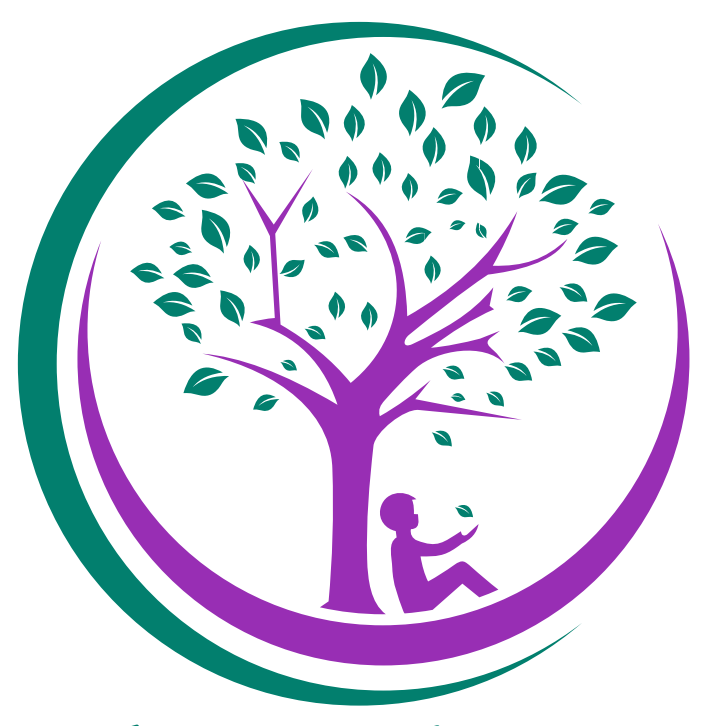Why is my kid doing this?
Okay, so here is the looong awaited (sorry about that!) follow up to Wow, I'm rusty, or This is Not The Way I Raised My Kid.
I figured we could cover some commonly seen behaviors and regressions, depending on age and discuss some steps you can take to help.
1. **Emotional Responses**: Children may display intense and ongoing emotional upset, including feelings of terror, helplessness, or fear. They might also experience depressive symptoms or anxiety, and may feel guilt or shame about the traumatic events.
What you can do to help.
## Intense Fear
1. **Gradual Exposure**: Help your child gradually face their fears in a controlled and supportive environment, starting with less intimidating situations.
2. **Create a Safe Space**: Designate a comforting area at home where your child can retreat when feeling scared.
3. **Use Calming Techniques**: Teach your child calming techniques like deep breathing or visualization to use when they feel afraid.
## Depressive Symptoms
1. **Encourage Expression**: Provide opportunities for your child to express their feelings through art, writing, or talking.
2. **Engage in Enjoyable Activities**: Encourage participation in activities they previously enjoyed, even if they initially resist.
3. **Seek Professional Help**: Consider therapy or counseling to help your child process their emotions and develop coping strategies.
## Anxiety
1. **Establish Routines**: Maintain consistent daily routines to provide a sense of stability and predictability.
2. **Teach Relaxation Techniques**: Introduce relaxation techniques, such as mindfulness or yoga, to help manage anxiety.
3. **Limit Exposure to Stressors**: Reduce exposure to stress-inducing situations or media that may exacerbate anxiety.
2. . **Behavioral Changes**: Affected children might show changes in behavior such as poor impulse control, aggression, oppositional behavior, or excessive compliance. They might also engage in self-destructive behaviors or have difficulty with self-regulation[](https://www.ecmhc.org/tutorials/trauma/mod3_1.html).
What you can do to help.
## Aggression
1. **Set Clear Boundaries**: Establish and communicate clear rules about acceptable behavior and consequences for aggression.
2. **Model Calm Responses**: Demonstrate calm and non-aggressive ways to handle conflicts and frustrations.
3. **Channel Energy**: Encourage physical activities or sports to help your child release pent-up energy in a positive way.
## Oppositional Behavior
1. **Offer Choices**: Provide choices to give your child a sense of control and reduce defiance.
2. **Use Positive Reinforcement**: Reward cooperative behavior with praise or small incentives to encourage compliance.
3. **Stay Calm and Consistent**: Respond to oppositional behavior with calmness and consistency, avoiding power struggles.
## Withdrawal
1. **Foster Social Connections**: Encourage playdates or group activities to help your child reconnect with peers.
2. **Be Patient and Supportive**: Allow your child to open up at their own pace, offering support without pressure.
3. **Involve Them in Family Activities**: Include your child in family activities to strengthen bonds and reduce isolation.
3. **Cognitive and Academic Difficulties**: Trauma can lead to problems with concentration and attention, which may result in academic difficulties. Children might struggle with learning and maintaining focus in school[](https://www.samhsa.gov/child-trauma/understanding-child-trauma)[](https://www.nctsn.org/what-is-child-trauma/about-child-trauma).
What you can do to help.
## Concentration Issues
1. **Create a Quiet Study Space**: Set up a distraction-free area for homework and study.
2. **Break Tasks into Smaller Steps**: Help your child focus by breaking tasks into manageable chunks with breaks in between.
3. **Use Visual Aids**: Use visual schedules or checklists to help your child stay organized and focused.
## Memory Problems
1. **Use Memory Aids**: Encourage the use of tools like flashcards, mnemonic devices, or apps to aid memory.
2. **Practice Repetition**: Reinforce learning through repetition and review of material.
3. **Work with Teachers**: Collaborate with teachers to implement strategies that support memory retention in the classroom.
## Drop in Academic Achievement
1. **Provide Tutoring Support**: Consider tutoring or extra help to address specific academic challenges.
2. **Celebrate Efforts**: Focus on and celebrate your child's efforts and progress, rather than just grades.
3. **Set Realistic Goals**: Help your child set achievable academic goals and support them in reaching those milestones.
I sincerely hope this discussion is helpful to anyone who reads it. My next Blog post we will look at:
1. Sleep and Eating Disturbances
2. Social and Relational Issues
3. Physical Symptoms
4. Increased Risk Behaviors
Always talk to your kiddo's doctor about any out of the ordinary behaviors, and remember, we, at Vermont Kin As Parents, are ALWAYS here for you. We're great listeners! Keep taking great care of those little people Kin caregivers, you are AMAZING!
*Jeana Lavallee, Wearer of many hats, Kin Mom, Edie's Gigi, Autism mom*


